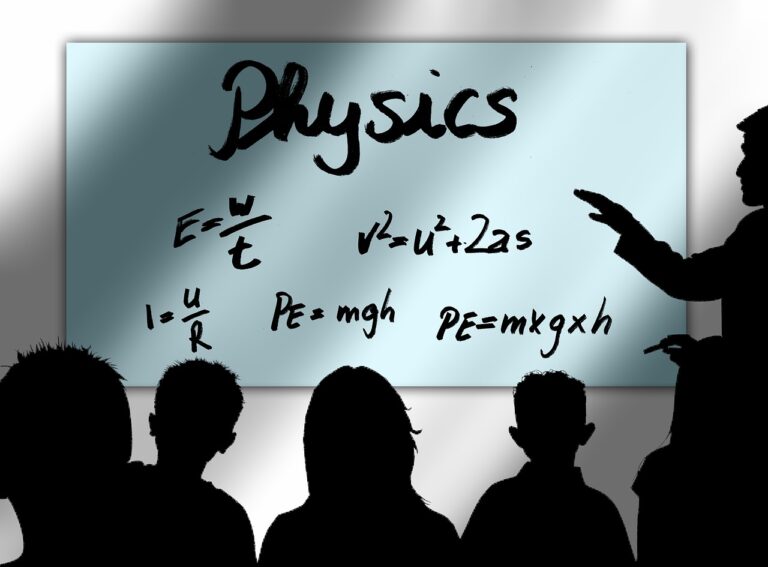The Role of Robotics and Automation in Education
Traditional educational methods have long been criticized for their one-size-fits-all approach, often failing to cater to the diverse learning styles and paces of students. This cookie-cutter approach can lead to disengagement and a lack of motivation among learners, hindering their overall academic performance. Additionally, the emphasis on rote memorization and standardized testing can stifle creativity and critical thinking skills in students, limiting their ability to think outside the box.
Furthermore, traditional educational methods tend to focus heavily on theoretical knowledge, often neglecting practical, real-world applications. This can result in a gap between academic learning and practical skills required in the workforce, leaving students ill-prepared for the demands of the modern job market. The rigid structure of traditional education systems can also discourage collaboration and teamwork among students, missing out on valuable opportunities for peer-to-peer learning and skill development.
Benefits of incorporating robotics and automation in education
Robots and automation have revolutionized the way students engage with academic material. By integrating robotics into the curriculum, students are provided with hands-on learning experiences that foster creativity and critical thinking skills. This interactive approach to education not only makes learning more enjoyable but also enhances retention and understanding of complex concepts.
Moreover, exposure to robotics and automation prepares students for the future job market where technological proficiency is increasingly in demand. By learning how to work with robots and automated systems, students develop valuable technical skills that can give them a competitive edge in their careers. This hands-on experience not only equips students with practical knowledge but also instills confidence in their ability to adapt and thrive in a rapidly evolving technological landscape.
How can robotics and automation improve traditional educational methods?
Robotics and automation can enhance traditional educational methods by providing hands-on learning experiences, promoting problem-solving skills, and preparing students for future careers in technology.
What are some challenges in traditional educational methods that robotics and automation can help overcome?
Traditional educational methods often lack engagement and fail to cater to individual learning styles. Robotics and automation can make learning more interactive, personalized, and engaging for students.
How can incorporating robotics and automation in education benefit students?
By incorporating robotics and automation in education, students can develop critical thinking skills, creativity, and teamwork abilities. They can also gain practical experience in using technology, which is essential in today’s digital world.
Will incorporating robotics and automation in education replace teachers?
No, the role of teachers is irreplaceable in the education system. Robotics and automation can supplement teachers by providing tools and resources to enhance the learning experience for students.
How can schools afford to incorporate robotics and automation in education?
Many schools receive funding for technology integration, and there are also grants and sponsorships available for schools looking to incorporate robotics and automation. Additionally, some schools opt for cost-effective solutions such as partnering with local businesses or universities.





